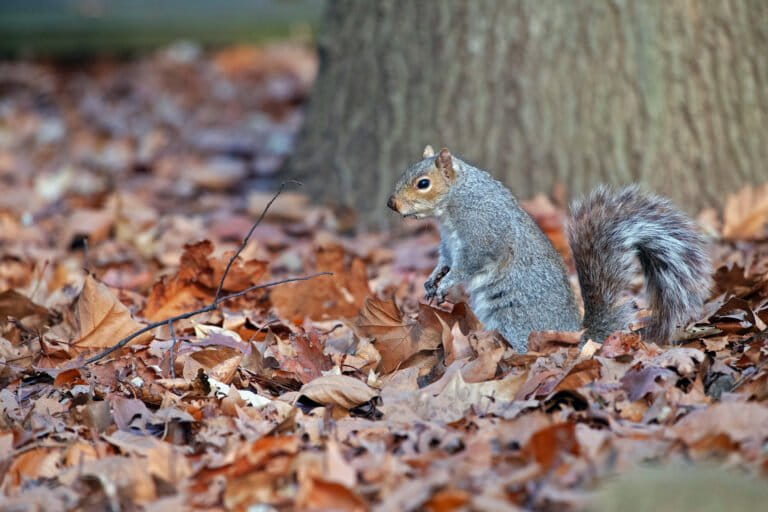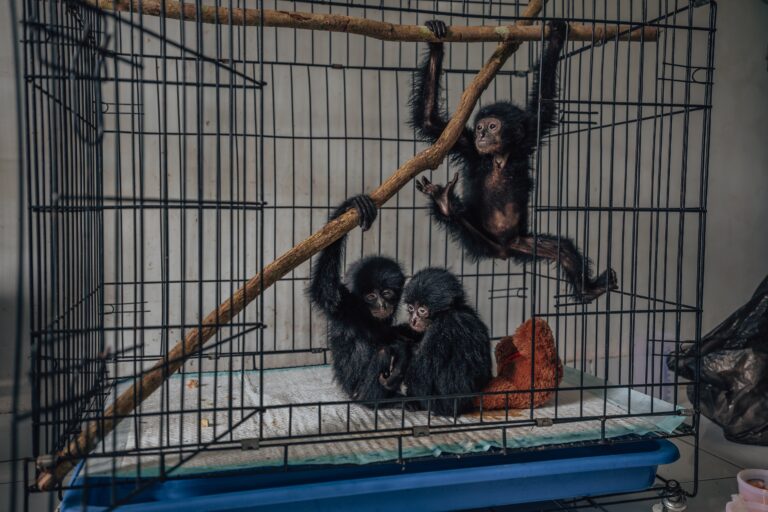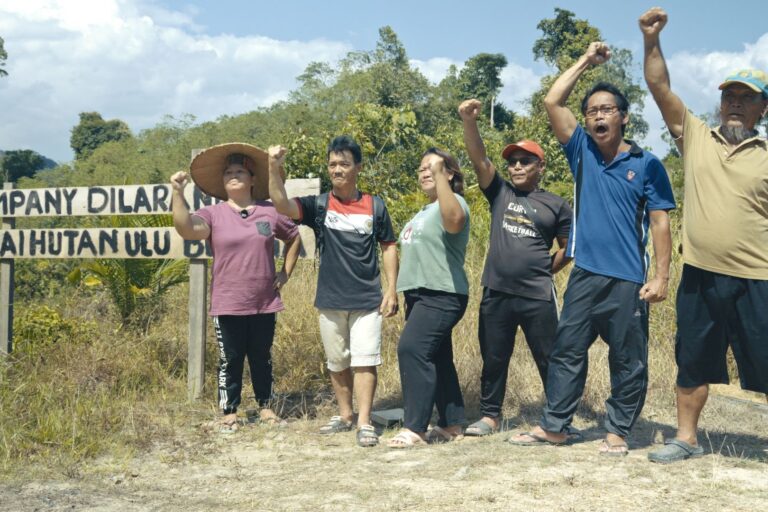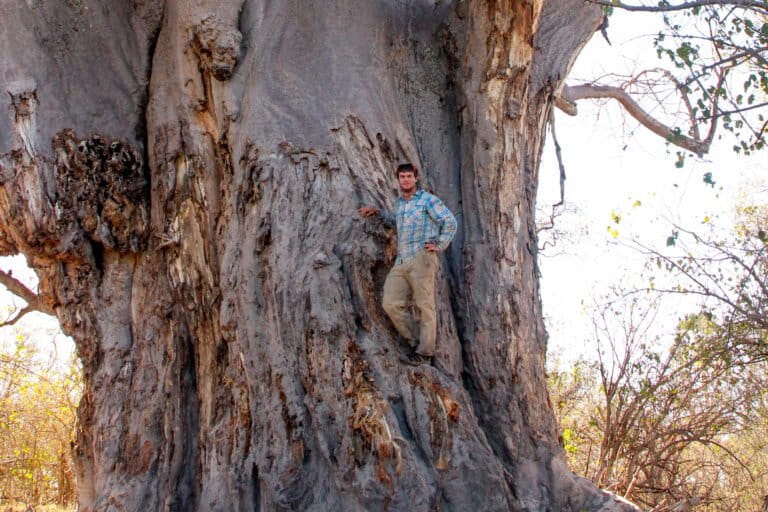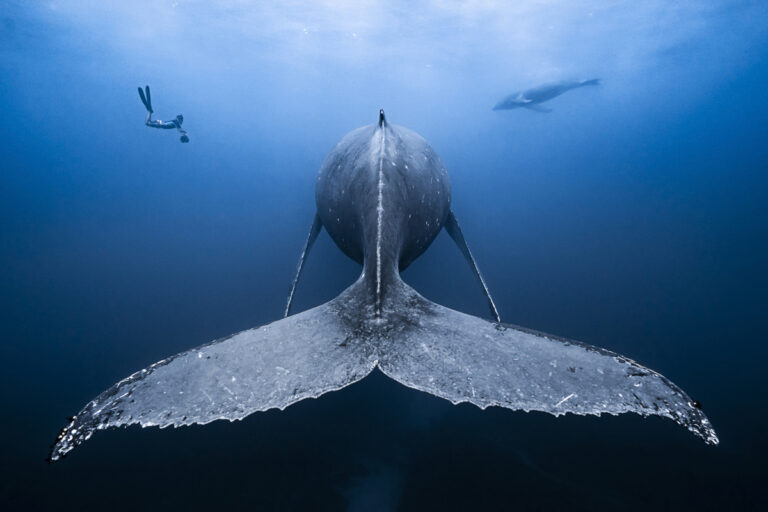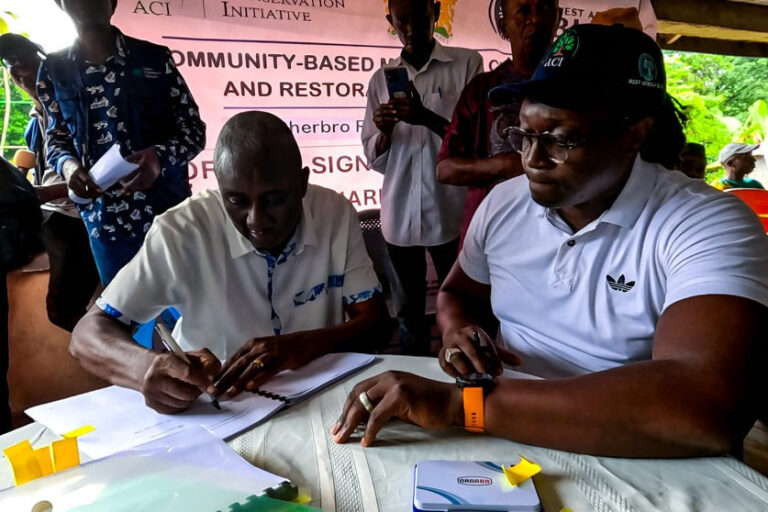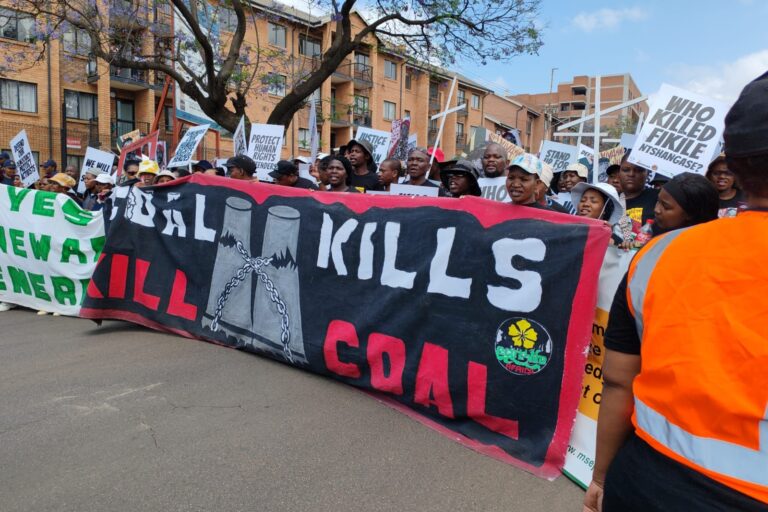- Chris Allnutt, a veteran labor negotiator, brought the same patience and moral clarity that defined his union leadership to the campaign that protected British Columbia’s Great Bear Rainforest.
- As head of the Hospital Employees’ Union in the 1990s, he led thousands of mostly immigrant women through an illegal strike against government privatization—losing his job but later vindicated by a Supreme Court ruling.
- Afterward, he became project director of the Rainforest Solutions Project, guiding environmental groups, industry, governments, and First Nations toward the landmark 2016 agreement safeguarding 85% of the rainforest’s old growth.
- Friends remembered him as calm, principled, and quietly forceful—a man who believed fairness could be negotiated, that empathy was strength, and that even in the hardest fights, listening was a radical act.
He never raised his voice in anger. When talks grew tense—whether across a union bargaining table or a forest-policy summit—Chris Allnutt would grow quieter. The softer he spoke, colleagues recalled, the more certain everyone became that something important was about to happen. He did not trade in bluster or slogans. His power lay in patience, in the long habit of listening before replying, and in the conviction that dignity and justice were not ideals to be demanded, but conditions to be negotiated into being.
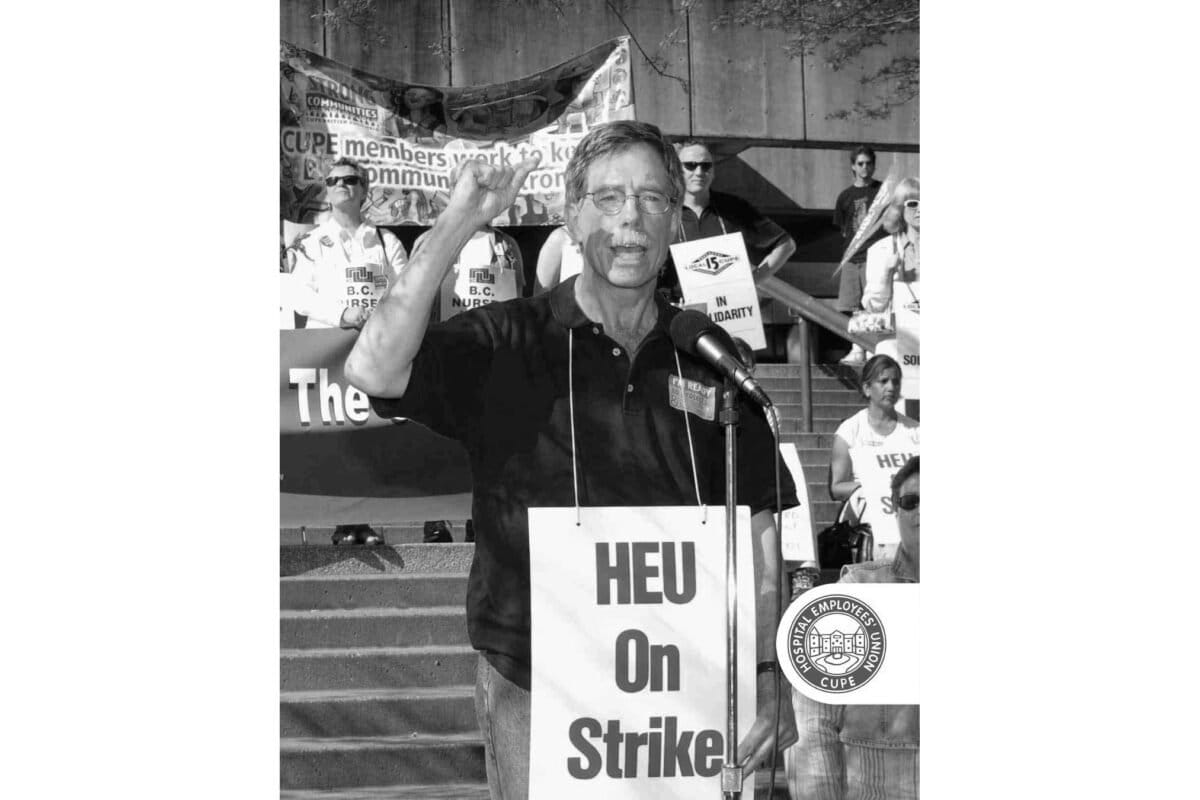
That habit had been forged in British Columbia’s labor movement. Allnutt joined the Hospital Employees’ Union in 1989 as a researcher and rose to become its leader in the 1990s, representing tens of thousands of hospital workers—many of them immigrant women—through the province’s turbulent privatization drives. When the newly elected Liberal government tore up contracts and laid off staff, he defied orders to return to work, calling the strike “a fight for justice.” It cost him his job. Years later, the Supreme Court of Canada ruled that the government’s actions had violated constitutional rights, vindicating the position for which he had been punished. He said little about the verdict, beyond his pride in the members who had stood firm. “I love HEU members,” he told an interviewer. “They knew what they had to do.”
For him, leadership was an act of service. His colleagues remembered how he would share credit and absorb blame, and how he mentored younger organizers—especially women—to take strategic roles. “I had to,” he once smiled. “We had to win.”
Winning, for Allnutt, was never about domination; it meant securing a fair deal without destroying trust. The skills that had guided unions through strikes and settlements would later serve him in another struggle—one fought not in hospital corridors but beneath dripping cedars and salmon-rich rivers.
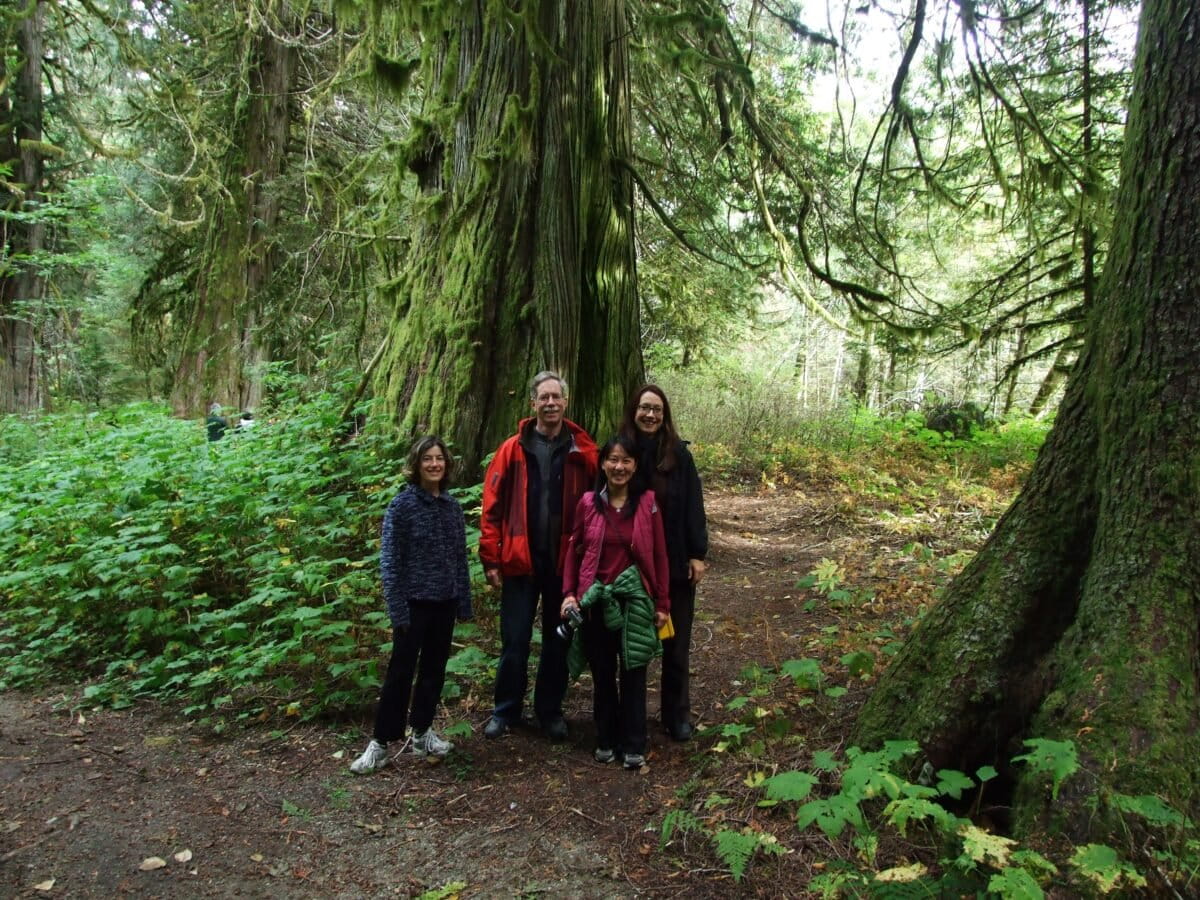
After leaving the union, Allnutt became project director of the Rainforest Solutions Project, the alliance of Greenpeace, Stand.earth, and Sierra Club BC that helped craft the Great Bear Rainforest agreements. For more than a decade, environmentalists, logging companies, First Nations, and governments had lurched between disagreements and agreements. Allnutt entered those negotiations as a labor man learning the ways of conservation, determined to embed social justice as deeply in the pact as ecological protection. To him, the two were inseparable: people and forests could thrive only together.
He was drawn to the Great Bear’s scale and grace—its immense valleys draped in mist, its rivers thick with salmon, its villages that had endured for millennia. He spoke of the coast as a place where justice could be made visible, where policy might finally mirror the patience of nature. The First Nations’ stewardship of those ecosystems resonated with his own belief that fairness, if practiced long enough, could become a kind of ecology. The campaign joined everything that mattered to him: equity, respect, and the endurance of beauty. Working on the Great Bear, said a friend, “included all of it—a globally significant model for how to move from conflict to collaboration.”
He was, said one colleague, “the calm in the storm.” When tempers flared, he would steer his coalition—three sometimes fractious organizations with different cultures and donors—toward consensus. He did not seek the spotlight; each group had its own public face. Behind the scenes, his quiet intelligence held the motley crew together through years of near-collapse of the endeavour. He taught environmentalists to think like negotiators: Who holds leverage? What do they need that we can offer?
Those habits helped transform confrontation into collaboration, culminating in a 2016 agreement that protected about 85 percent of the rainforest’s old growth and gave First Nations new authority over their territories.
He loved the place itself—the smell of rain on cedar, the sudden flash of a Spirit bear on a misted riverbank, humpbacks bubble-net feeding in the fjords. Even as illness weakened him, he made one last journey north, carried by friends onto a boat to see the forest again. “He smiled ear to ear,” one remembered.
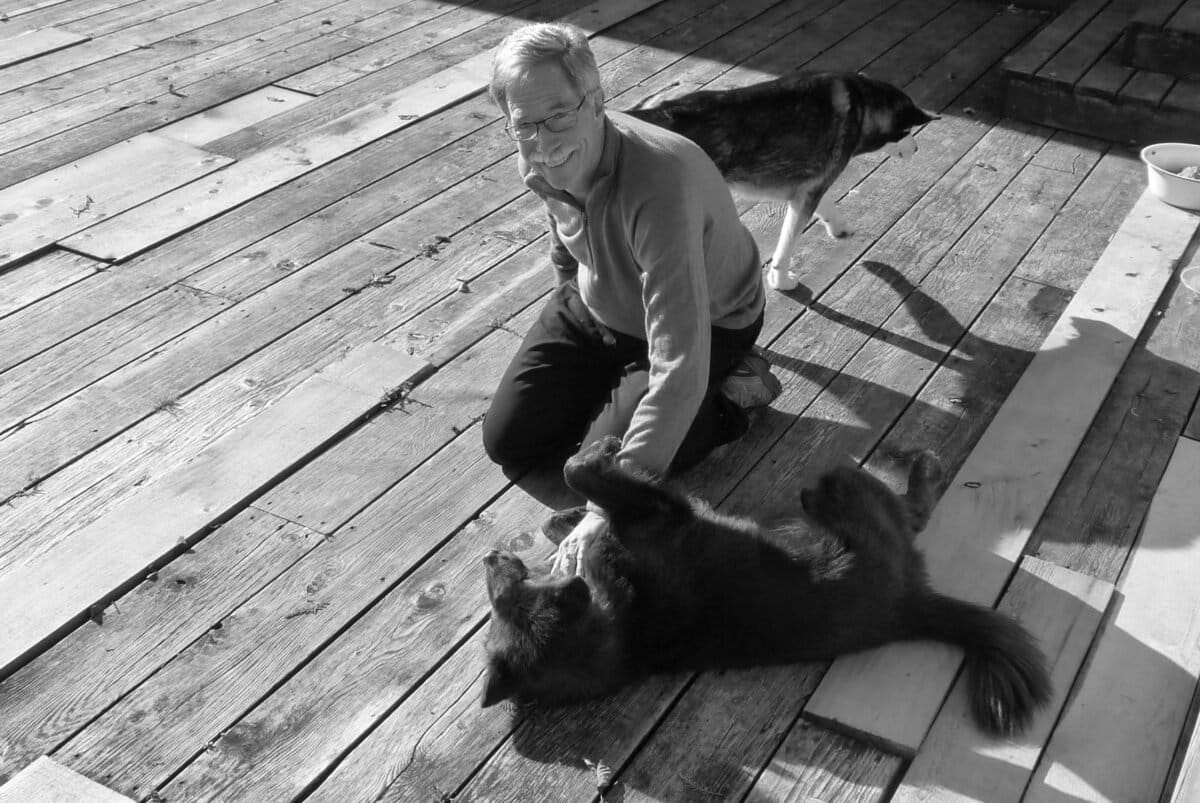
In conversation he could be mischievous, a twinkle in his eyes when talk turned to “creative resistance,” his friends said. He distrusted grandstanding and despised cruelty. Disarmingly calm, quick to laugh, he measured words by their usefulness, not their volume. He kept attention fixed on the outcome, not himself. Those who mistook gentleness for weakness learned otherwise: when he lowered his voice to a near whisper, it was the signal that the other side should reconsider its position.
He carried his moral compass lightly but surely. Asked late in life what sustained him through decades of conflict, he said simply that he had managed to do what his heart wanted: to fight for those who could not fight for themselves and to make the world a better place—and to be paid a living wage for doing it. “That,” he added, “was a brilliant move, if I do say so myself.”
His friends and colleagues in both movements remembered him not for any single victory but for his steadiness—the rare combination of courage and courtesy that made progress possible. In labor halls and rainforest boardrooms alike, he left the same impression: a man who believed that fairness could be negotiated, that empathy was a kind of strength, and that even in the most polarized fights, listening was a radical act.
Chris Allnutt died on September 21, 2025, aged 74.







